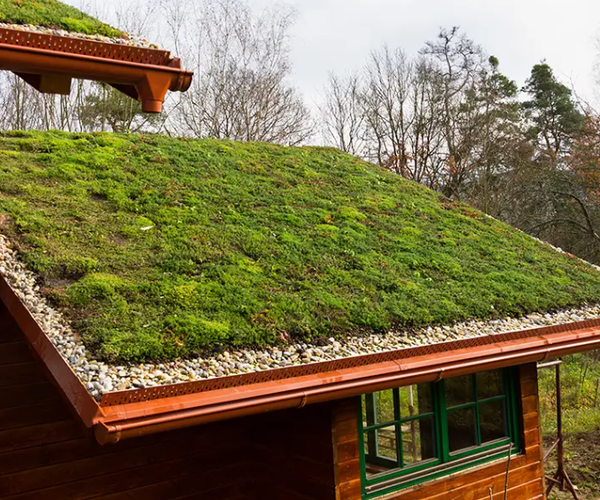River Junction — an area at the confluence of the San Joaquin and Stanislaus River just south of Manteca – is arguably the most flood prone area in San Joaquin County, if not the San Joaquin Valley.
It has flooded 11 times in the past 96 years. And since the devastating 1997 floods, there have been at least three “scares” where boils have developed.
To make sure after future failures that repairs don’t lag and leave communities in San Joaquín County such as River Junction, Lathrop, Manteca and Stockton exposed to a subsequent flood, Congressman Josh Harder on Tuesday introduced legislation to cut federal red tape.
The Safeguarding Our Levees Act will:
*Require broken levees to be rehabilitated by the Army Corps of Engineers in 180 days; and
*Remove the financial burden on local communities by creating a 75% federal/25% non-federal cost share for levee improvements.
The legislation was introduced with Congressman Clay Higgins of Louisiana.
“Families in San Joaquin County are still dealing with flood damage from the heavy rain earlier this year and we need to do everything we can to prevent catastrophic flooding before the next big storm,” Harder said.
“The fact that there are broken levees that still haven’t been fixed simply because of red tape is unacceptable, and my bill aims to change that. The Central Valley is incredibly vulnerable to severe flooding, and this is an important step to protect homes, businesses, farms, and communities in our region.”
After heavy rainfall like Northern California saw earlier this year, communities rely on the Army Corps to repair levees quickly before another flood.
Right now, red tape can slow the Army Corps’ work to rehabilitate levees by months or even years, leaving communities unprotected for the next flood event.
The legislation is endorsed by the San Joaquin Area Flood Control Agency (SJAFCA).
It is the local agency that is working on 200-year flood protection for parts of Manteca, Lathrop and South Sockton at a cost of $270 million.
The 200-year flood upgrades will include a more robust dry levee south of Woodward Avenue.
During the 1997 floods, it came close to failing. If that is not in place and the River Junction levees fail, there are nearly 1,000 existing homes in Manteca that would be flooded as well as Lathrop east of the San Joaquin River.
The 1997 flood inundated 70 square miles south of Manteca and east of Tracy.
It caused almost $100 million in 1997 dollars. It damaged 700 homes and other structures as well as forced the evacuation of 2,000 people.
A large swath of Stockton, after Hurricane Katrina in 2005 overwhelmed New Orleans levees, was identified by Army Corps experts as the next most vulnerable area in terms of potential for the loss of life in the United States protected by lees.
Levee failures in Louisiana killed 341 people of the hurricane’s 1,392 fatalities.
“Levees are our most important tool to mitigate the risk of flooding, but red tape and high costs make it difficult and expensive to repair our broken levees,” said Chris Elias, Executive Director SJAFCA.
Elias said the Safeguarding Our Levees Act helps address this problem by streamlining the Army Corps levee rehabilitation program so agencies like SJAFCA can more seamlessly partner with the federal agency to expeditiously undertake emergency repairs in the aftermath of natural disasters.”
To contact Dennis Wyatt, email dwyatt@mantecabulletin.com






